Talking tech in the top players' latest tennis fashion and shoes
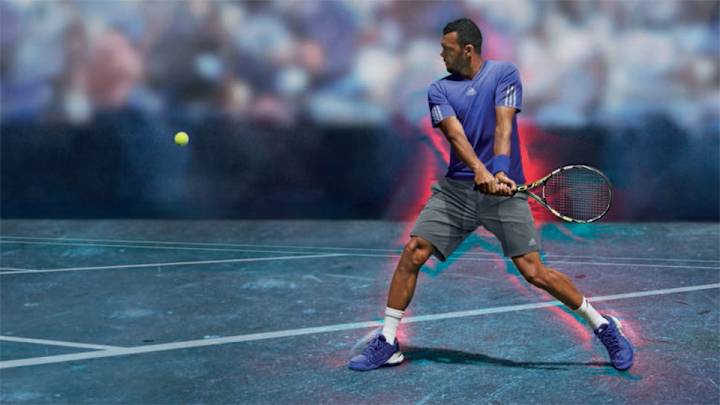
Don’t let the brightly neon swaths of color distract you: tennis apparel proves highly technical too. From shirts, shorts and skirts right down to the shoes, manufacturers continue to push the technical boundaries of tennis gear, all without losing any of the aesthetic value, of course.
For a top, no matter if a shirt for the men or a tank for the ladies, staying dry -- a tricky concept in blistering Melbourne, mind you -- remains the top goal.
• Evolution of tennis fashion: Rafael Nadal
“Some might say a shirt is a shirt, but there are some important differences between performance tennis shirts and a regular t-shirt,” David Malinowski, tennis category manager for adidas America, tells SI.com. The key in tennis, he says, is to use premium breathable and lightweight materials constructed with maximum freedom of motion. Bonding the seams in the upper back and shoulders help prevent the sleeves from bunching.
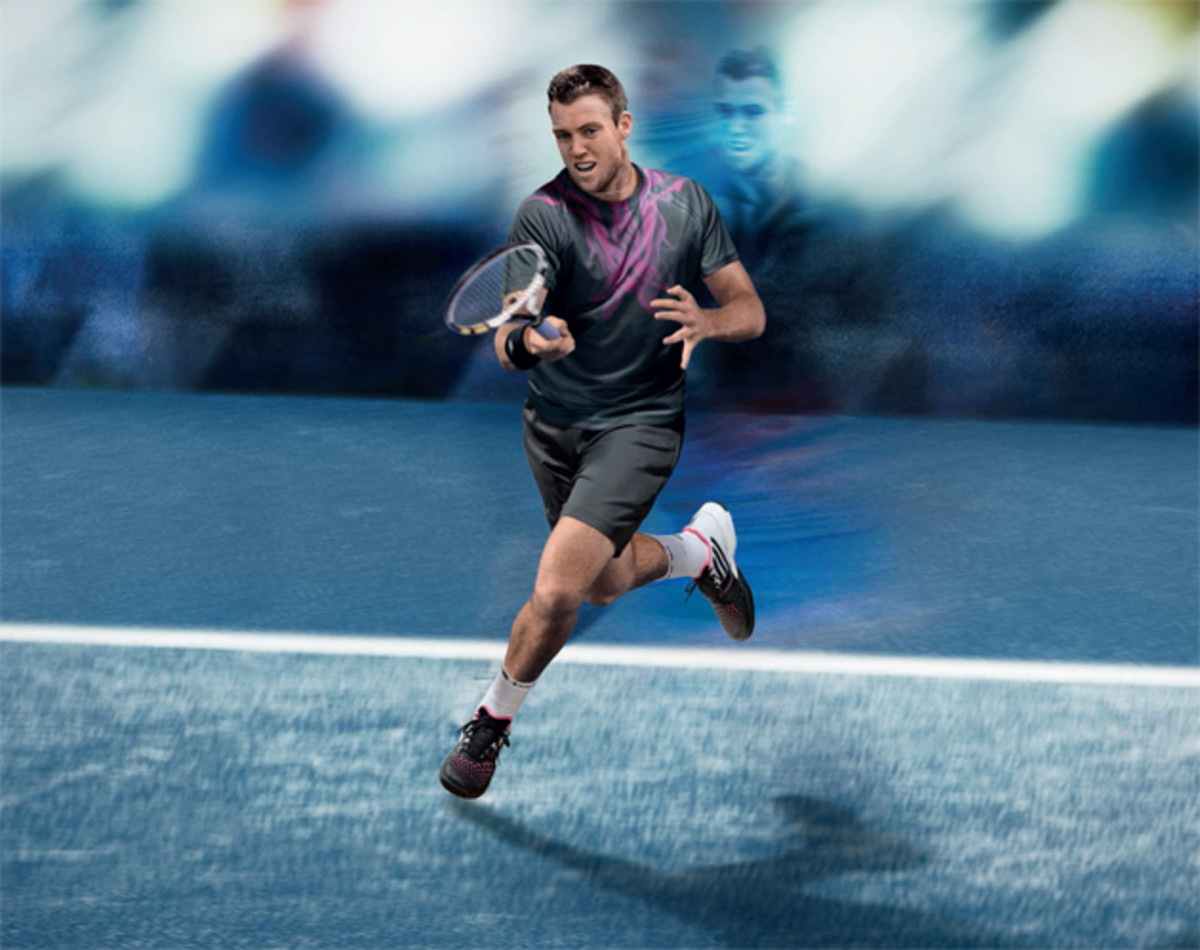
adidas uses ClimaChill, a polyester fiber with a titanium core and metallic cooling zones, to increase air flow and pull heat from the body. Aeroknit, a blend of brushed polyester cotton, also increases air flow in key heating areas.
Nike has its Dri-Fit blend for sweat wicking, but adds in laser perforations in key sweat zones for more breathability. The Roger Federer polo and Rafael Nadal crew, for example, feature bonded shoulder seams slightly lower than a typical shirt to improve range of motion.
On the women’s side, apparel such as the Maria Sharapova Nike tanks feature a razorback design to free up movement. Built-in bras help with support.
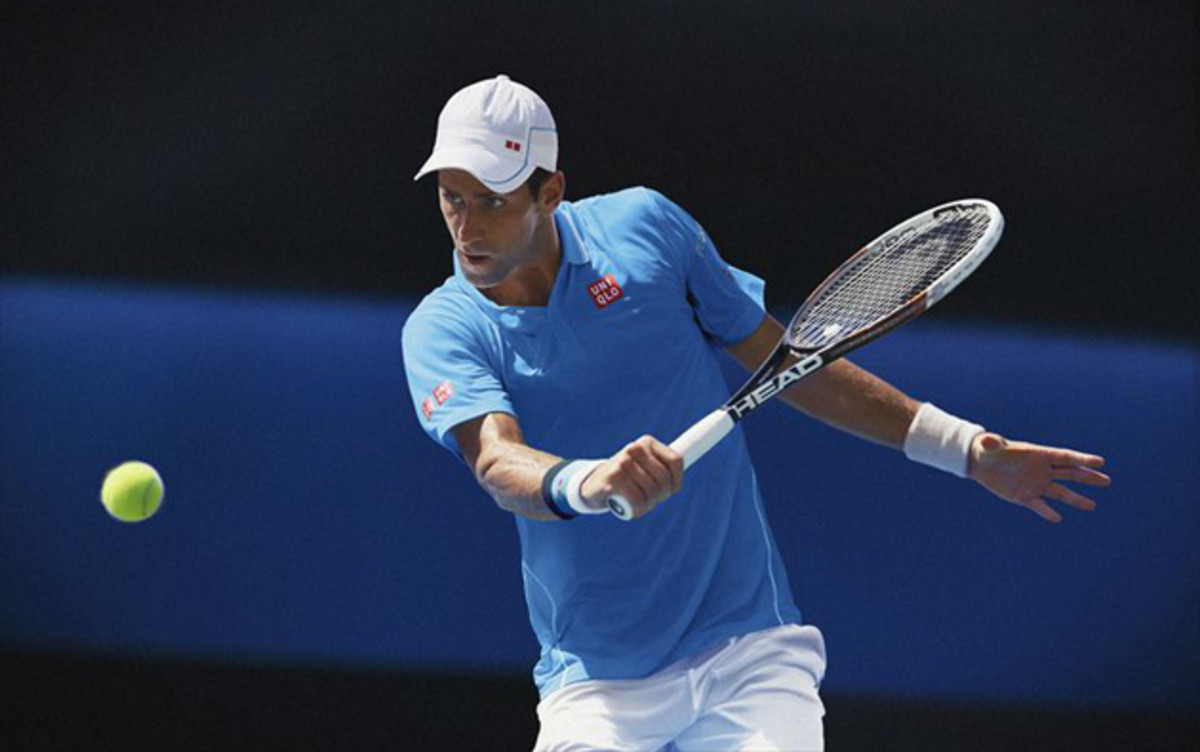
For Novak Djokovic, Uniqlo has partnered with fabric maker Toray to use Dry EX quick-drying technology. Constructed in a “special arch structure,” the material helps move sweat away from the body quicker. Of course, adding in a mesh construction in the back and under the arms lets off a bit more of the natural steam.
The adidas shorts require even more attention to detail than a typical shirt. Questions of personal comfort come to play, from length of material to a knit versus a woven material. A knit often comes softer and less structured, but woven materials typically go lighter. Most men's tennis shorts, Malinowski says, have mesh to improve movement and angled side pockets constructed with either mesh or terry cloth to reduce weight and absorb sweat.
• Evolution of tennis fashion: Ana Ivanovic
Sometimes the aesthetics of apparel help point out the technical nature of it. The Stella McCartney tennis line from adidas for the Australian Open will dress Caroline Wozniacki in floral patterns. The women’s adizero outfits for Ana Ivanovic and Daniela Hantuchova “will be bold and colorful with an X-ray effect with some shear areas.” These patterns help call out the technical differences in the materials.
For the feet, the key word in tennis is stability.
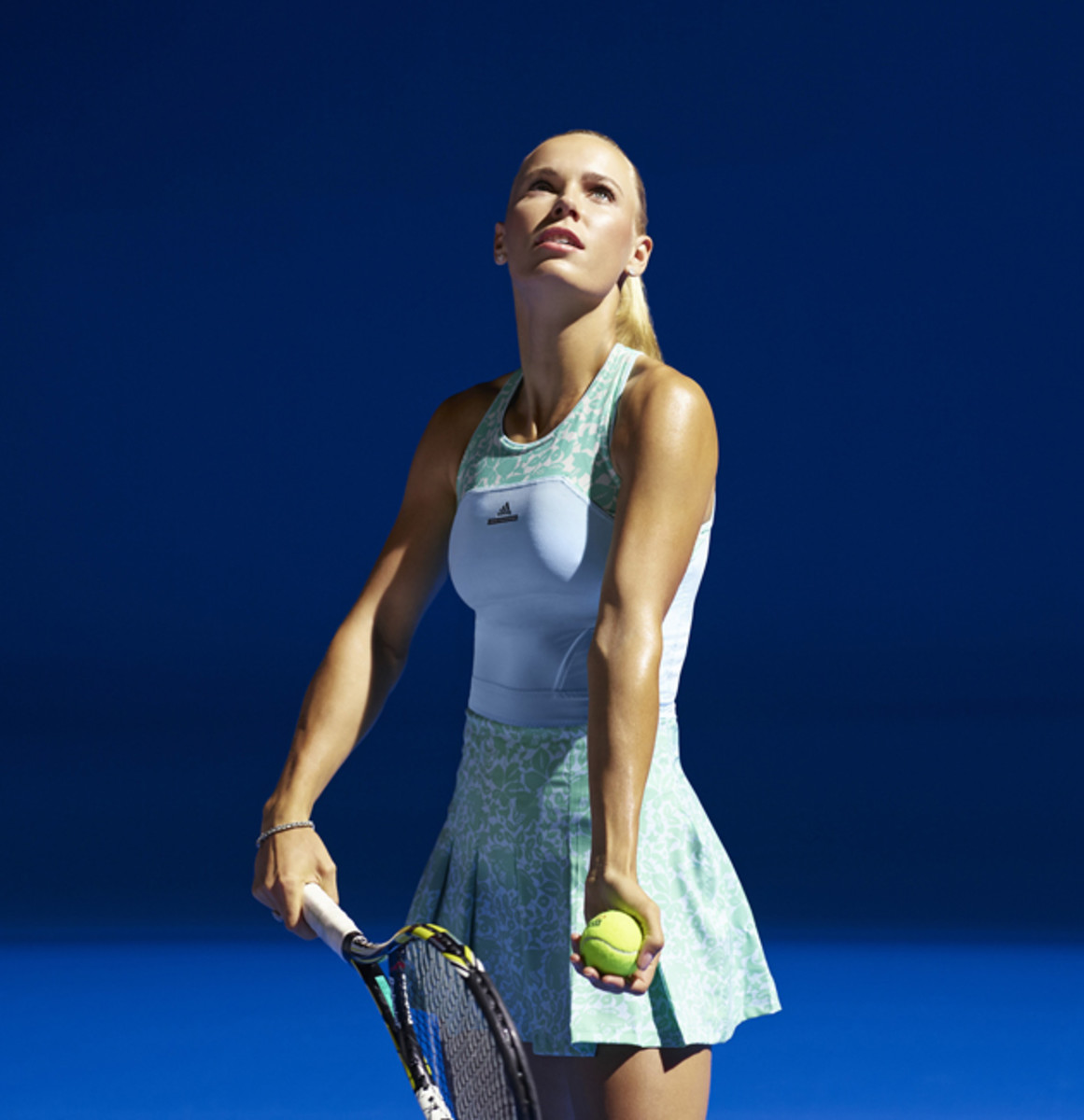
Adidas completely redesigned its main tennis shoe, the Barricade, for 2015. And they did this major overhaul with stability and durability in mind. After analyzing how tennis players move on the court, adidas slid its stabilizing chassis toward the midfoot and heel, freeing up the forefoot and giving the shoe greater flexibility near the front. That toe area also has a synthetic-mesh shell for breathability.
Using mesh with a TPU overlay allowed adidas to keep durability, but improve fit and create a lighter upper, Malinowski says. The softer synthetic-mesh also offers a quicker break-in time and flexibility for players to tie shoes tighter to reduce potential toe jamming.
Top 10 storylines to watch at the Australian Open, more mail
Some adidas athletes will opt for the Jo-Wilfried Tsonga-inspired climacool adizero feather 3, a shoe with a synthetic upper and mesh cage to wrap the forefoot with the adidas climacool technology for cooling around the entire foot. A midfoot stability system and heel support combine with special cushioning under the heel.
The brand-new Asics Gel-Resolution 6 put a focus on midfoot support to compliment its rearfoot stability, something the elite players ask for. “We knew we could make this adjustment and appease even the top players,” Matt Donnelly, Asics’ senior project manager, sports and training, tells SI.com. “It’s all about making the right adjustments for the right reasons.”
To get that support, Asics adds in a structural element -- lateral propulsion trusstic -- to respond to the lateral pressure placed on the foot’s sole during tennis, allowing the foot to respond more quickly to movement.
On the exterior, Asics opts for a high-abrasion resistant rubber compound reinforced with carbon for traction and durability.
New for the Australian Open, some Nike players will opt for the brand-new Nike Zoom Cage 2, offering Zoom Air units in the sole. Elite players such as Serena Williams chose the line with a raised “cage” upper that encases mesh for additional support up the sides of the foot, but more flexibility and less weight elsewhere.
• Evolution of tennis fashion: Caroline Wozniacki
A mix of traction patterns increases grip on hard court surfaces, and a thicker outsole on the ball of foot and at the toe and thinner sole where flexibility is important is the top priority. A synthetic leather heel adds more lightweight durability.
Nike outfits Roger Federer and Maria Sharapova in the Zoom Vapor Tour. This shoe has Zoom Air units in the heel, TPU wrapping the midfoot and heel for stability and a textile upper for lightweight breathability.
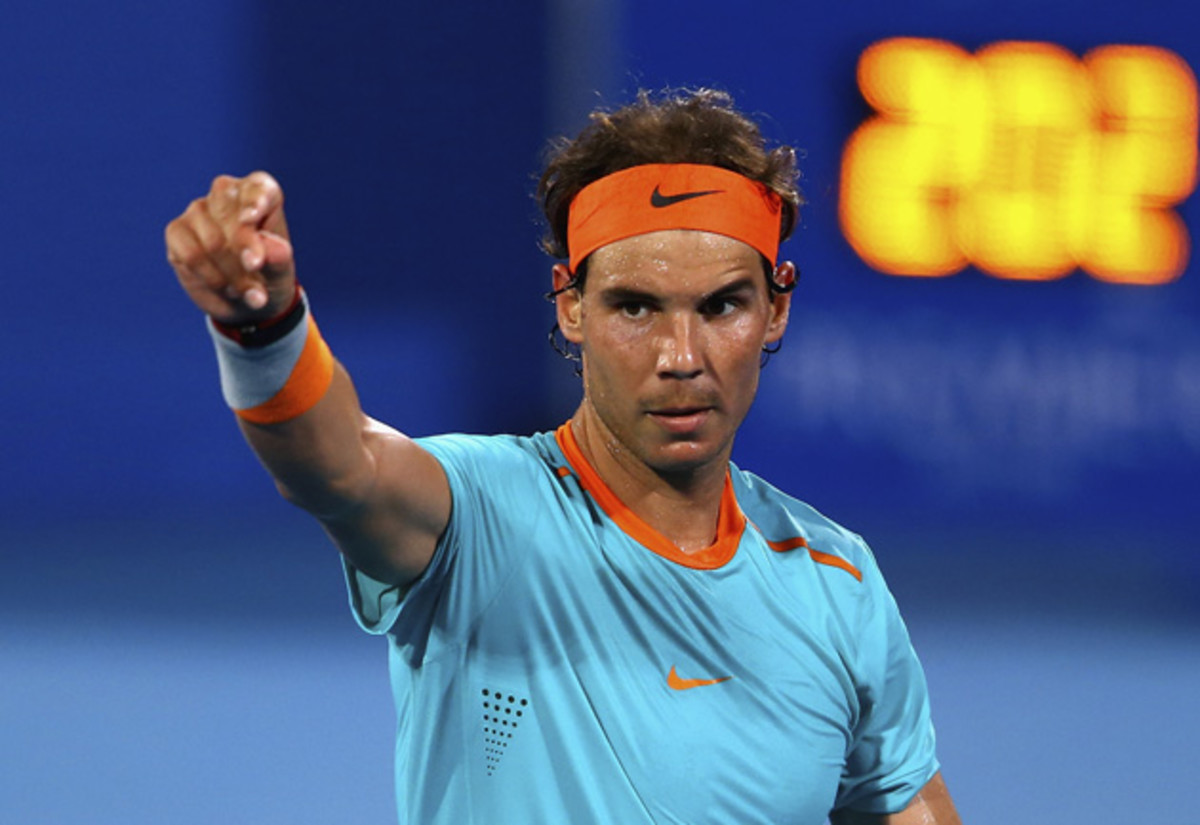
Nadal wears Nike’s Lunar Ballistec, the lightest in the line. Flywire cabling helps with foot support, Lunarlon foam for cushioning, a synthetic leather and mesh upper for flexible durability, a TPU shank for midfoot support and a herringbone pattern for traction.
While the Australian Open allows manufacturers to debut new tennis product, all four major tournaments offer up a new chance to revisit tennis technology. adidas, for example, has a new adizero shoe lined up for later in 2015 and a “new technology” ready for the U.S. Open.
Flashy colors beware; flashy tech keeps coming.
Tim Newcomb covers stadiums, design and gear for Sports Illustrated. Follow him on Twitter at @tdnewcomb.
